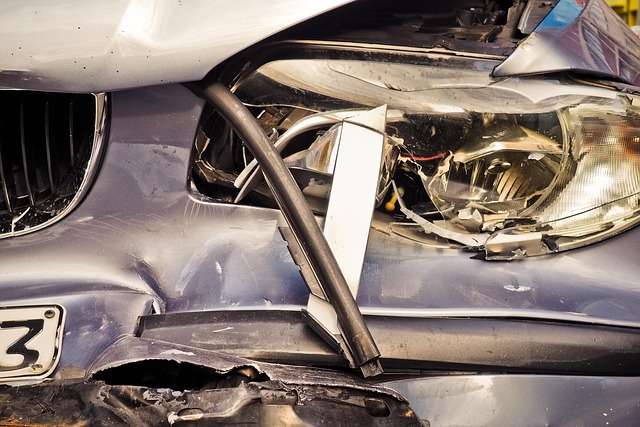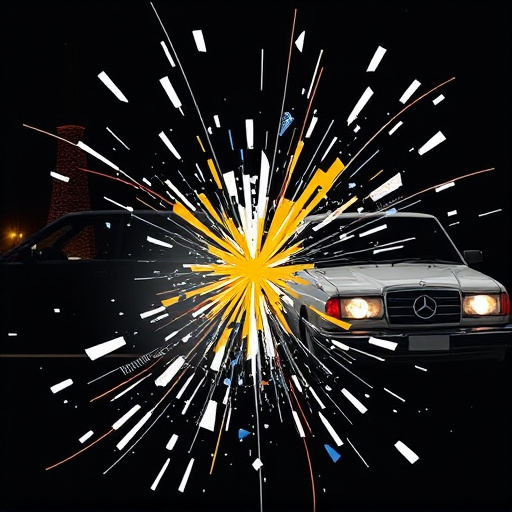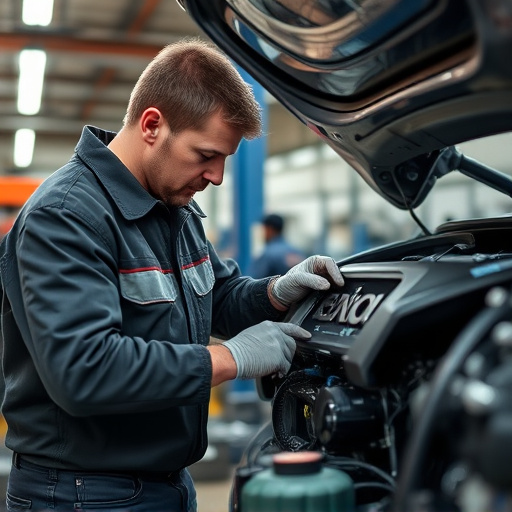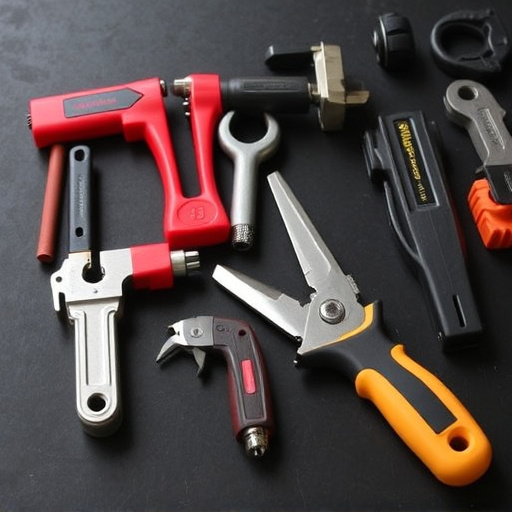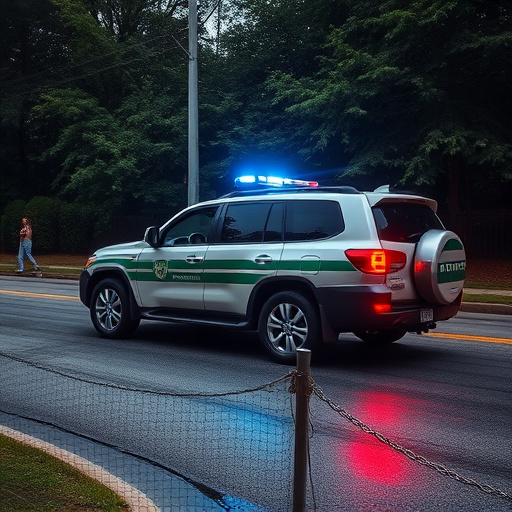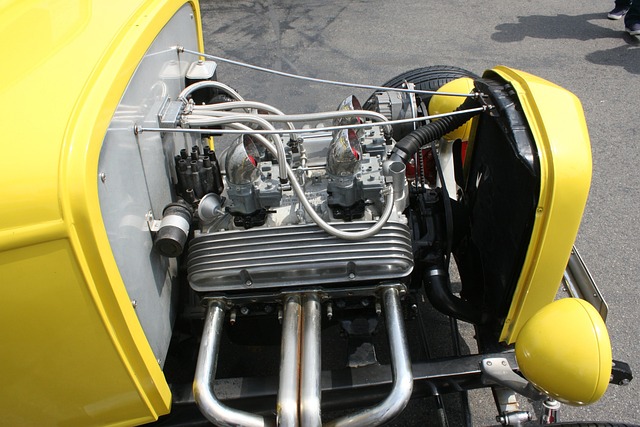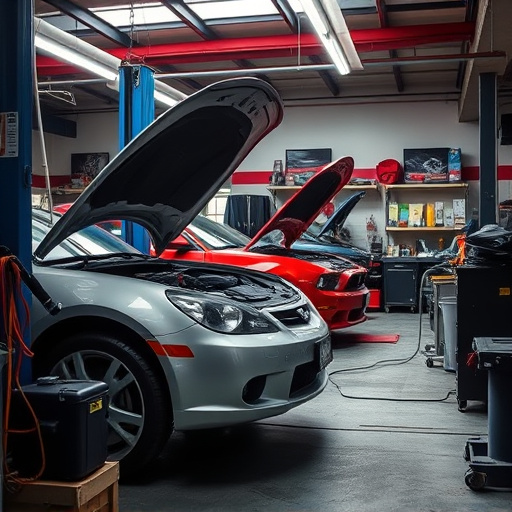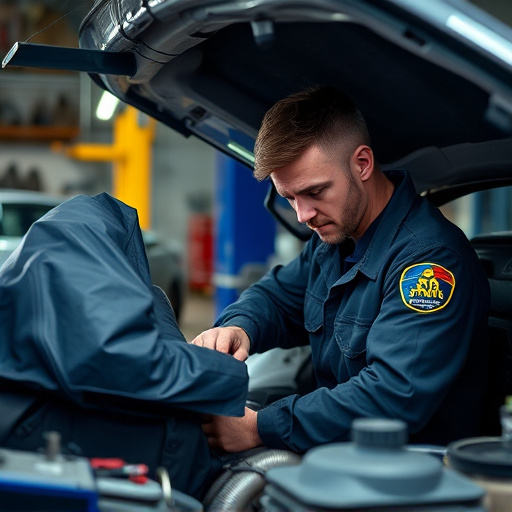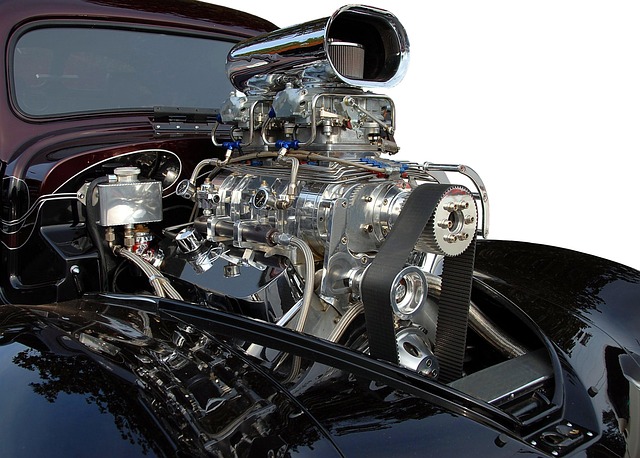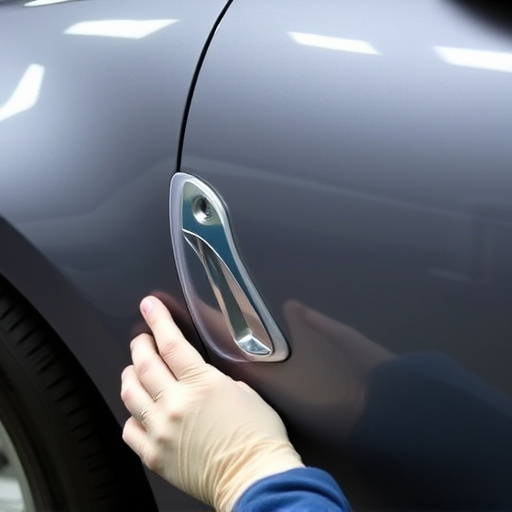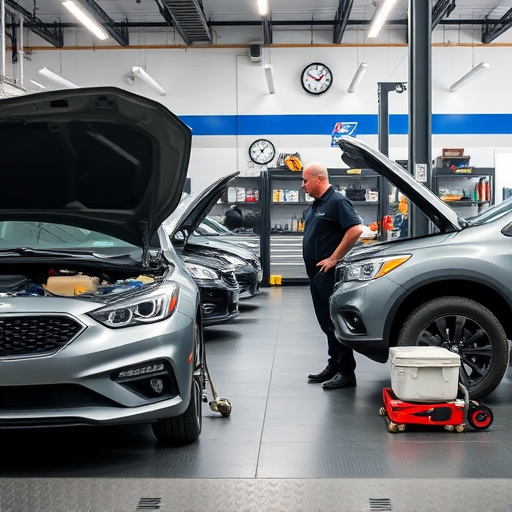Tesla collision diagnostics revolutionize car repair by providing advanced tools for thorough vehicle assessments post-collision. This technology ensures precise repairs, enhances safety, and streamlines processes through accurate damage detection, informed decision-making, and selection of correct parts, especially crucial for intricate designs like Mercedes Benz.
In today’s digital era, Tesla vehicles come equipped with advanced collision diagnostics systems that revolutionize repair planning. Unlocking these secrets allows for precise and safe repairs, ensuring the vehicle’s structural integrity and performance. This article delves into the world of Tesla collision diagnostics, highlighting their role in enhancing safety standards. By understanding the technology behind it, we provide a step-by-step guide to ensure every repair is executed with meticulous precision, setting a new benchmark for the automotive industry.
- Unlocking Tesla's Collision Diagnostics Secrets
- The Role of Technology in Safe Repairs
- Ensuring Precision: A Step-by-Step Guide
Unlocking Tesla's Collision Diagnostics Secrets
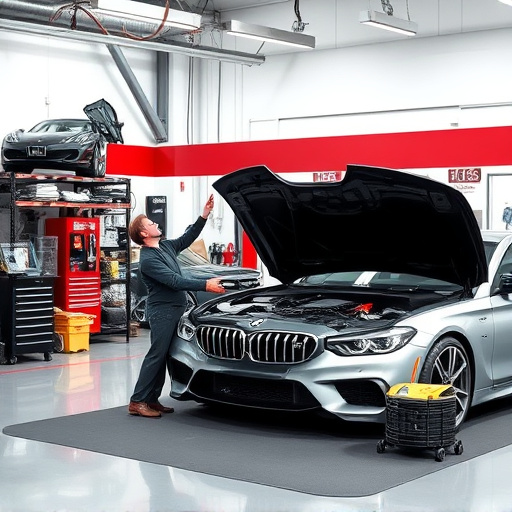
Tesla’s collision diagnostics technology is a game-changer in the automotive industry, especially for car body shops and collision repair experts. By unlocking these secrets, professionals can ensure safe and precise repairs, enhancing customer satisfaction. These advanced diagnostic tools provide an in-depth understanding of the vehicle’s state, allowing for accurate assessments of damage to components like the car paint services and structural elements.
With Tesla’s system, technicians can navigate through a complex web of sensors and data, identifying issues that might go unnoticed otherwise. This enables them to deliver top-notch car collision repair services, ensuring every fix is tailored to the vehicle’s unique needs. The process streamlines the repair planning phase, making it more efficient and effective, ultimately contributing to safer cars on the road.
The Role of Technology in Safe Repairs
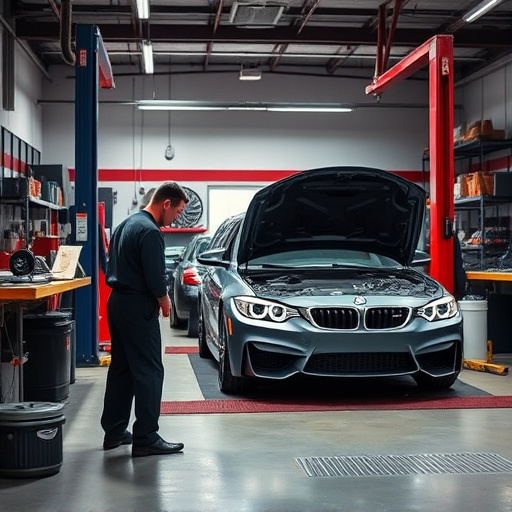
The integration of technology, particularly Tesla collision diagnostics tools, plays a pivotal role in ensuring safe and precise repair processes. These advanced systems are designed to thoroughly evaluate the condition of a vehicle after a collision, providing auto body shops with invaluable data. Through comprehensive scans, sensors detect even the subtlest of damages, from intricate network connections to physical structural integrity. This enables technicians to make informed decisions, tailoring repairs to specific needs rather than following a one-size-fits-all approach.
For instance, Tesla collision diagnostics can pinpoint issues with auto glass replacement, scratch repair, and other specialized services. By accessing detailed vehicle information, shops can acquire the right parts and methods for each unique case. This technology streamlines the process, minimizing errors and potential hazards associated with incorrect repairs. As a result, owners can trust that their vehicles are restored to top safety standards by qualified professionals using cutting-edge tools.
Ensuring Precision: A Step-by-Step Guide
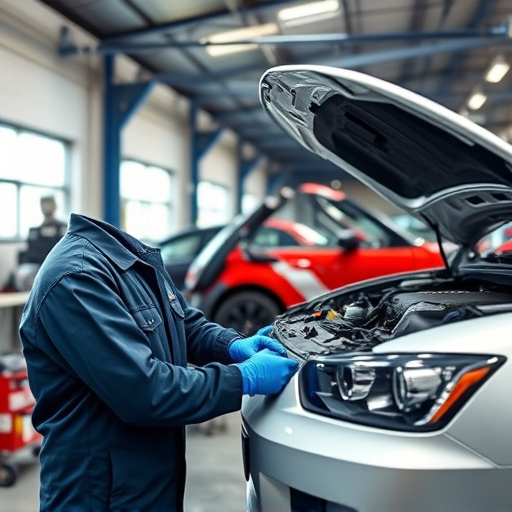
Ensuring precision in Tesla collision diagnostics is paramount to safe and effective repair planning. The process involves a meticulous step-by-step guide that starts with a comprehensive vehicle inspection. Certified technicians utilize advanced scanning tools to retrieve detailed data from the car’s computer systems, identifying any pre-existing damage or system anomalies.
Next, specialized equipment like 3D laser scanners capture accurate measurements of the impacted areas, allowing for precise replacement parts selection and ensuring proper alignment. In the case of a Mercedes Benz collision repair, these steps are even more critical due to the brand’s intricate design and advanced technology. Each component must be precisely assessed and repaired or replaced to maintain optimal performance and safety standards.
Tesla collision diagnostics are transforming the way we approach car repair, prioritizing safety and precision. By leveraging advanced technology, technicians can now perform comprehensive assessments, ensuring that every component is accounted for in the repair process. This step-by-step guide highlights the importance of these diagnostics in maintaining the integrity of Tesla vehicles, ultimately fostering a safer driving experience.

